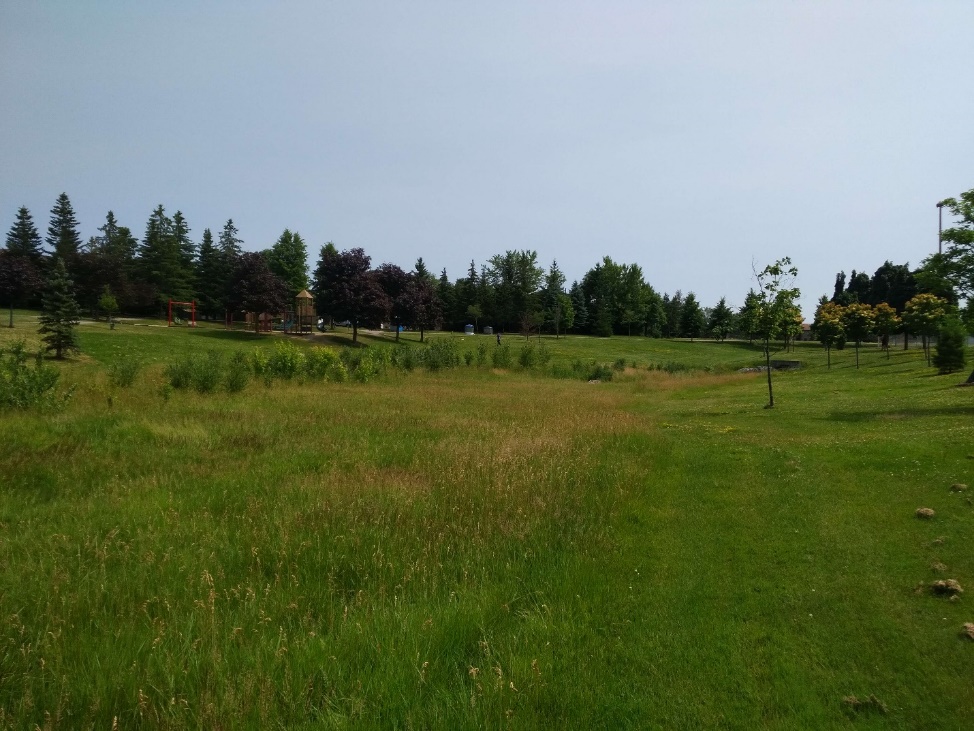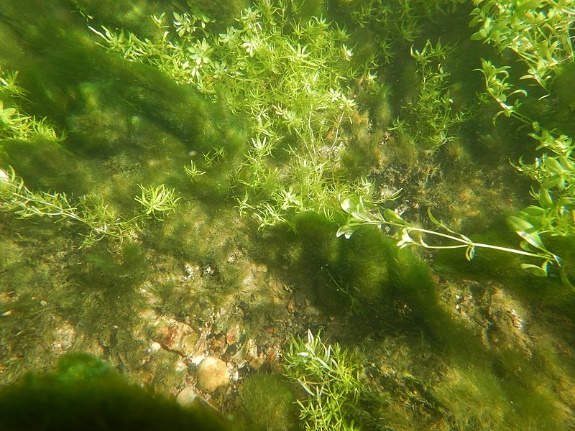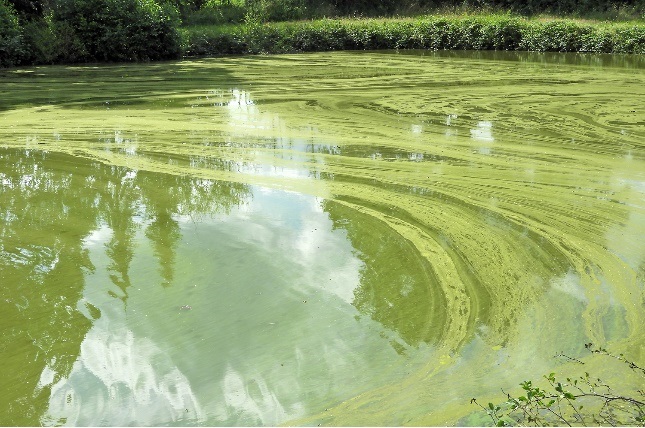Stormwater Facilities Overview
Stormwater management facilities, or stormwater ponds, have been used to control stormwater from urban areas in Markham since the late 1980s, intended to ensure that new development does not increase or change the conditions for downstream landowners. When first introduced, most stormwater ponds were dry, and designed to store water in order to prevent flooding and erosion downstream. They have evolved over time to also include a permanent pools of water, used to trap sediment and prevent contaminants from our roads and subdivisions from entering our watercourses.
While ponds can appear as attractive, natural features and are often surrounded by trails and parks, the public is encouraged to exercise caution around facilities, as conditions in stormwater management ponds can change rapidly due to fluctuating water levels and hazards associated with deep pools, fast moving water at inlets and outlets, and thin ice.
As of May 2020, the city owns and maintains 123 stormwater ponds. Several new facilities are added in the City of Markham each year.


Maintenance Requirements
The City has a program to remove sediment from each pond, a practice that is completed at a frequency mandated by the Ministry of Environment, Conservation and Parks. This activity, called dredging, is undertaken approximately every 20 years, and involves draining the pond and removing the sediment that has been captured by the pond. City staff confirm the theoretical frequencies by periodically measuring actual sediment levels.

Sediment Excavation During Pond Cleanout
In addition, the City conducts a full inspection of each stormwater facility every year to make sure that it is performing as originally designed. Based on these annual inspections, general maintenance is performed as required. This includes litter pickup, vegetation management, and removal of any blockages in the infrastructure at each pond.
Visit Environmental Services Current Projects for or further information on ongoing projects.

Algae Growth and Colour Sheens
Stormwater ponds are designed to trap contaminants in order to protect the downstream watercourse, and in several situations, this means that the pond itself may not be the most aesthetically pleasing. The growth of algae in stormwater ponds, while not aesthetically pleasing, is a common occurrence, especially during hot and dry summers. The contaminants trapped by a stormwater pond will often contain nutrients, which promote the growth of algae. The degree that algae grows in a pond is driven by a variety of factors, which are very difficult (or impossible) to control.



From time to time, colour sheens are observed on pond water surfaces. Often these sheens have rainbow-like appearance. In some cases, a reddish precipitate can also be seen in the water where these sheens occur. While colour sheens may be caused by petroleum spills, they are often a result of the contaminants that are trapped in the specific pond. Generally, if no petroleum odour is present, this is likely not a petroleum spill. If you observe a colour sheen in the pond, please contact the City and we will investigate.
For more information, please contact:
Robert Muir Manager, Stormwater
Email: rmuir@markham.ca
Phone: 905.477.7000 x 2357
- ${title}${badge}